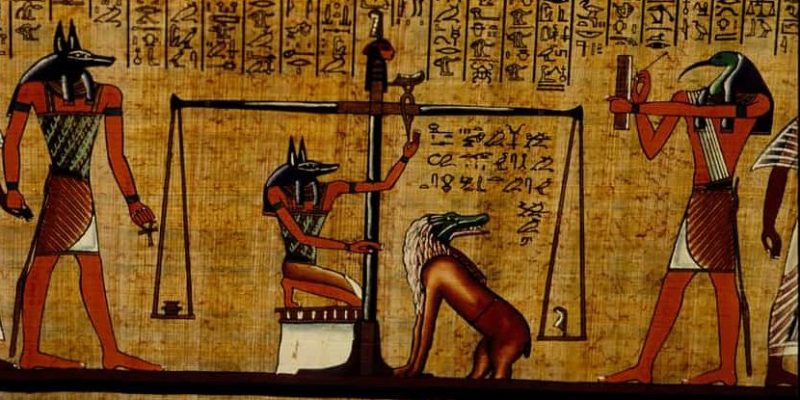We explain what the symbol of justice is and the characteristics of each of its elements: the lady, the scales and the sword.

The symbol of justice
When we talk about the symbol of justice, we traditionally refer to the figure of a blindfolded woman, in whose hands a scale and a sword are held. This woman is known as the “lady of justice” or the “goddess of justice.”
It is usually used as an allegory for the values of justice in the buildings and documents of legal systems in the West. On many occasions, instead of the complete woman, it is possible to use only the scales or the sword.
This symbol has changed over the centuries, since its origin is difficult to determine over time, but its symbology brings together elements from different Western mythological traditions, such as the Egyptian or the Greco-Roman, central to the historical construction of our culture.
Similar representations are found in countries as different as Germany, Switzerland, Brazil, Canada, Japan, Hong Kong, Australia and the Czech Republic, with minor variations such as a scepter, a book, a throne, a shield or a crown, each of which which adds specific meanings to the allegory, such as that justice must reign, or that it must protect those who need it. However, the sword and the scales are always their most common emblems.
See also: Injustice
lady justice
The woman who usually acts as a symbol of justice It is a representation of the Roman goddess iustitia (“justice”), equivalent to Says either Dike in original Greek mythology. According to this tradition, she was the daughter of Zeus and Themis, the latter also assimilated to justice (and in fact, was represented holding a scale).
Dice appears in ancient Greek tragedies as a punishing deity, who watches over equity and pierces the hearts of the unjust with his sword, in a role very similar to that of the Erinyes, deities who watched over maternal rights. One of his epithets was astrea and was assimilated to the constellation of Virgo.
In tradition, both Dice and her mother Themis embody the symbol of justice, although many of their attributes are shared with other Roman goddesses such as Fortuna (the blindfold) or Nemesis (the sword of revenge).
But Its modern blindfolded representation comes from the 15th century and is interpreted under the motto of the blindness of justice, that is, that justice must be administered without looking at who: without distinguishing anyone by their sex, race, origin, etc. In fact, the first “blind” statue of iustitia It was the work of Hans Giengen in 1543, and today it decorates the Fountain of Justice in Bern, Switzerland.
The scales of justice

For its part, the scales that Lady Justice often holds has a story of its own that It dates back to ancient Egyptian times, in whose culture the concept of Maat, universal balance, was vital. So much so, that this concept was embodied in a goddess with the same name, in whose hands a scale was drawn, precisely.
Furthermore, the Egyptians thought that in the underworld the deceased would be judged by Anubis, who would place his heart on a scale and an ostrich feather on the other plate, to see if he was worthy of entry to the kingdom of the dead. That is the reason why the heart was buried along with the corpse, unlike the rest of the organs, extracted during the mummification process.
This symbol was inherited by the Greeks and in turn by the Romans and comes to us today as an emblem of equity, that is, of decisions made contemplating the greater good. The scales (or sometimes the very hands of the goddess iustitia) measures the weight of things, contrasting individual well-being with the collective, or short-term good with long-term good.
The sword of justice
As we have said before, the sword of justice can come from other similar deities, such as Nemesis (“retribution”), or Diké herself. In any case, represents the punishing arm of justice so it was often an executioner's or executioner's sword. This sword can even have a double edge, thus symbolizing reason and justice, which can be wielded in equal parts.
The sword of justice was an emblem of absolutist monarchies, in which the power to dispense justice fell entirely in the hands of the king or monarch. In fact, it is still in the crown jewels of the United Kingdom. Its modern interpretation, on the other hand, points to the monopoly of violence that is granted to the forces of the State: only in this way can it be exercised fairly, for which the judicial power exists in the Republic.
Continue with: Equality
References
- “Lady Justice” on Wikipedia.
- “What is the meaning of the scales and the sword carried by the woman, a symbol of justice?” in Confilegal (Spain).
- “Justice. Its symbols and values that occur in its application” by Alejandro Linares at the Autonomous University of the State of Mexico (UAEM).
- “The Symbol of Justice” in It's about Justice.





